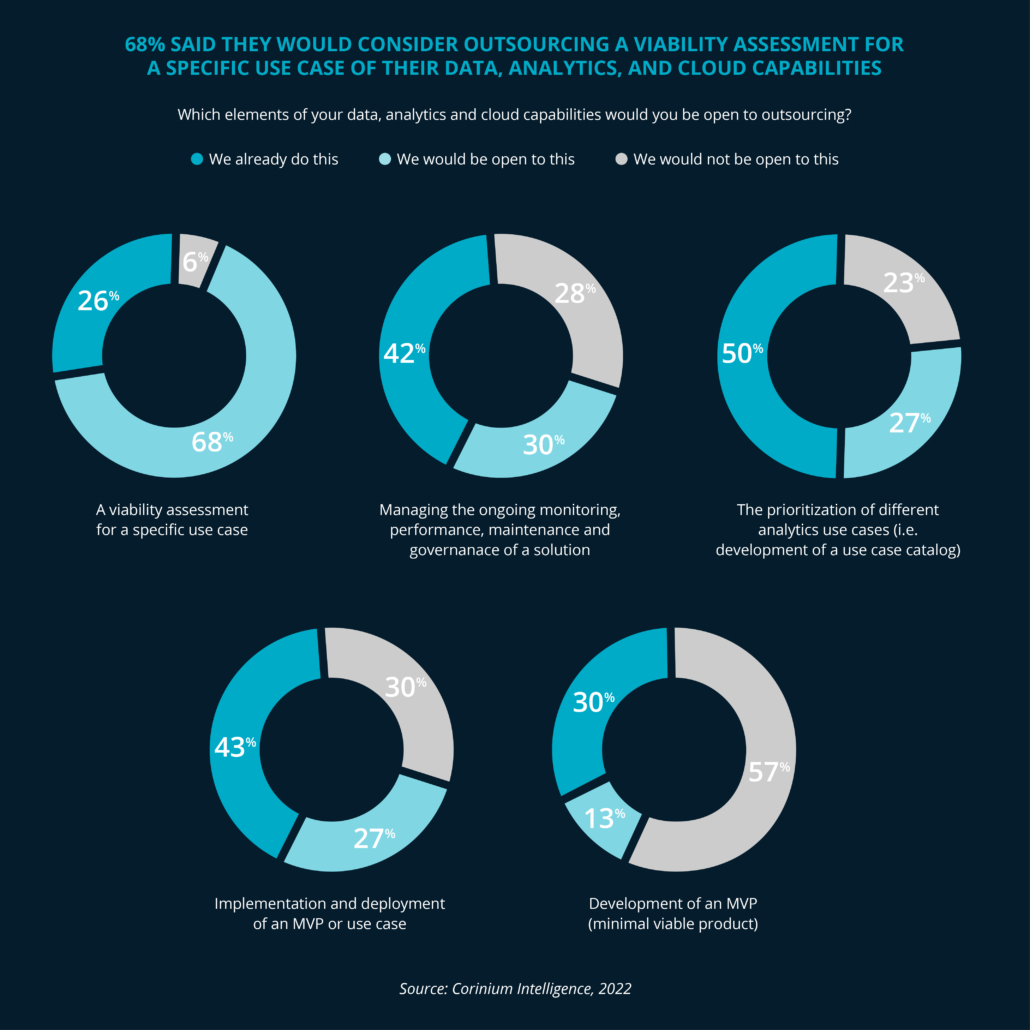HS Brands, a leader in mystery shopping services, demonstrates how AI technology can create compelling competitive advantages. The approach uses AI to reshape how HS Brands gathers, analyzes and acts on the data supporting customer experience measurement.
Integrating Large Language Models (LLMs) into enterprise workflows has become a crucial strategy for enterprises to enhance efficiency, consistency and quality. A common LLM framework is Retrieval-Augmented Generation (RAG) which focuses on information retrieval and synthesis. However, LLMs offer a broader spectrum of capabilities that can be embedded into otherwise manual business processes to drive significant impact.This experience shines the light on other opportunities to apply AI to traditional business processes while creating strategic advantages throughout an organization.
Industry Background
As businesses prioritize customer-centric strategies, the demand for mystery shopping services has surged, creating opportunities for firms like HS Brands. Many customer-facing industries rely on mystery shoppers to report on their experience when interacting with the business.
These reports often contain a combination of multiple-choice question responses and detailed narratives. HS Brands use editors to ensure that raw shopper reports are complete and consistent, to provide clients with reliable insights. Editors identify discrepancies between dropdown answers and narrative descriptions, then have the shopper reconcile or elaborate in their own voice. Reviewing a single shopper’s complex report is a meticulous task that can consume hours. Integrating AI using LLMs into this process offers a transformative solution to improve efficiency and accuracy.
Challenge: Highly manual review processes
The manual review of mystery shopping reports requires editors to carefully cross-reference dropdown selections with extensive shopper-written narratives. This labor-intensive task is time-consuming, leading to potential delays in report delivery and increased operational costs. In an industry where timely and accurate feedback is essential for client decision-making, these inefficiencies can result in lost opportunities and diminished client satisfaction.
The transformation is particularly evident in the editing process. “Automating many of the editors’ time-consuming tasks, allows them to refocus their brain power towards identifying survey insights,” explains Tommy Mills, CEO of HS Brands. Automating many of editor’s time-consuming tasks, allows them to refocus their brain power towards identifying survey insights
Approach: Use AI to automate time consuming steps in the workflow
Ironside works with clients to identify opportunities for AI in their business and implement in a low risk process. By consulting with business domain subject matter experts and prioritizing AI use cases by rubrics evaluating suitability and impact, the high value uses of AI specific to a client are uncovered.
The generative AI solution that emerged from Ironside’s process, leverages LLMs to automate the detection of inconsistencies within mystery shopping reports. This greatly streamlines the editor workflow. Prompted appropriately, the LLM identifies missing responses and possible contradictions between dropdown responses and narrative content, flagging these sections for follow-up by human review.
The prompt’s instructions to the LLM include:
- Report reviewing guidelines
- Sample editor comments
- Step by step instructions
This custom engineered prompt helps the LLM understand the context and typical patterns of shopper report inconsistencies. The LLM and core AI functionality is implemented within an Amazon Q Business web app that can process new reports in seconds, rapidly flagging any discrepancies for further human review. The output from the Amazon Q Business app gives the editors a flying start to thoroughly understand the number and nature of reconciliations needed for the report. Editors can adapt the editing guidance to help individual shoppers learn how to deliver more consistent and accurate reports.
Strategic advantages of AI implementation
There are 3 key operational benefits in adopting generative AI:
- Enhanced Data Quality – “The editors can focus on more than highly intelligent language, they can drill in on the details, asking shoppers for more detail, and ultimately giving the client a better product,” notes Mills. This improvement in quality creates a compelling differentiation in the market.
- Consistent Evaluation Standards – AI provides standardized analysis across different regions and markets, addressing a critical challenge in maintaining quality across diverse locations. The technology ensures that evaluation criteria are applied uniformly, regardless of geography or editor.
- Operational Efficiency – The automation of routine tasks leads to significant time savings. As Mills points out, “AI would save a good amount of time…” and indeed early estimates suggest a 25% reduction in the editing cycle.
Creating strategic value for clients
AI implementation delivers more than operational benefits. Through AI, HS Brands offers insights beyond standard mystery shopping offerings. One example area is Training and Development. An AI system can identify patterns in customer service delivery and provide actionable insights. “Mystery shopping data does feed training insights,” Mills emphasizes. “Our recommendations can range from micro issues like ‘Team Member X made this mistake at location 5’ all the way to ‘We’ve noticed in Region 7 that we’ve got a much bigger problem.'”
Expanded mystery shopper offerings powered by AI include:
- Deeper Analytics –
- Pattern recognition across locations and regions
- Trend identification in service delivery
- Predictive insights for training needs
- Enhanced Training Support – The AI system can:
- Identify specific training needs by region
- Create heat maps of performance issues
- Generate targeted recommendations for improvement
- Strategic Decision Support – The system provides different insights based on organizational level:
- Location managers receive specific operational insights
- District managers get trend analysis
- Regional managers access strategic patterns
- Corporate leadership obtains system-wide insights
“Clients win because we can give expanded mystery shopper offerings and deeper insights using AI”, Mills states, highlighting the potential for differentiation in a highly competitive space.
Conclusion: When considering LLMs, think beyond RAG – think workflows
Enterprises can embed LLMs in business workflows to improve efficiency, enable higher quality work, and boost customer satisfaction. AI assistants can leverage frameworks other than RAG, and it’s important to consider the right approach to building an LLM solution. In this use case, by automating preliminary review and implementing consistency checks by the AI, report reviewers are enabled to spend more time focusing on quality and educating shoppers on better reporting. These advantages become differentiators in the market and improve customer satisfaction, proving the value of AI solutions.
For organizations looking to leverage AI in their customer experience programs, the time to act is now. The competitive advantage gained through early adoption of these technologies can create significant market differentiation and deliver lasting value to both the organization and its clients.
Ready to transform your customer experience measurement program with AI? Contact Ironside to learn how we can help you achieve operational excellence and deliver enhanced value to your client: GetInsights@IronsideGroup.com



